Improving Athletic Performance with Yogic Breathing
Chosen theme: Improving Athletic Performance with Yogic Breathing. Train your lungs like muscles, steady your mind like a seasoned competitor, and turn every inhale and exhale into a measurable advantage. Subscribe for weekly breath-led routines that elevate endurance, power, and focus.
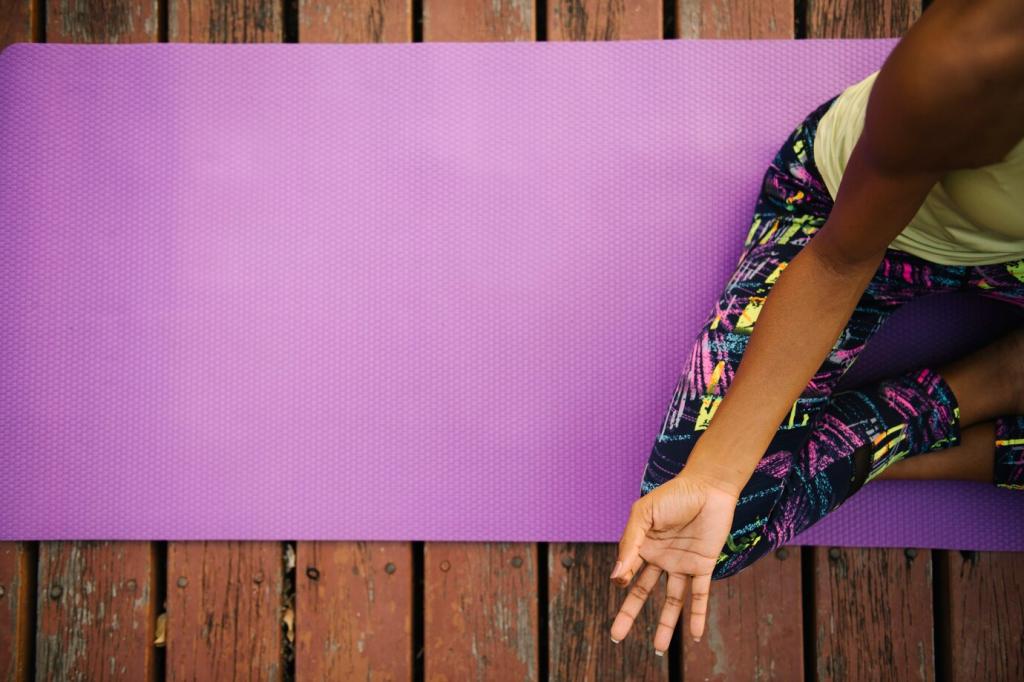
The Athletic Physiology of Breath
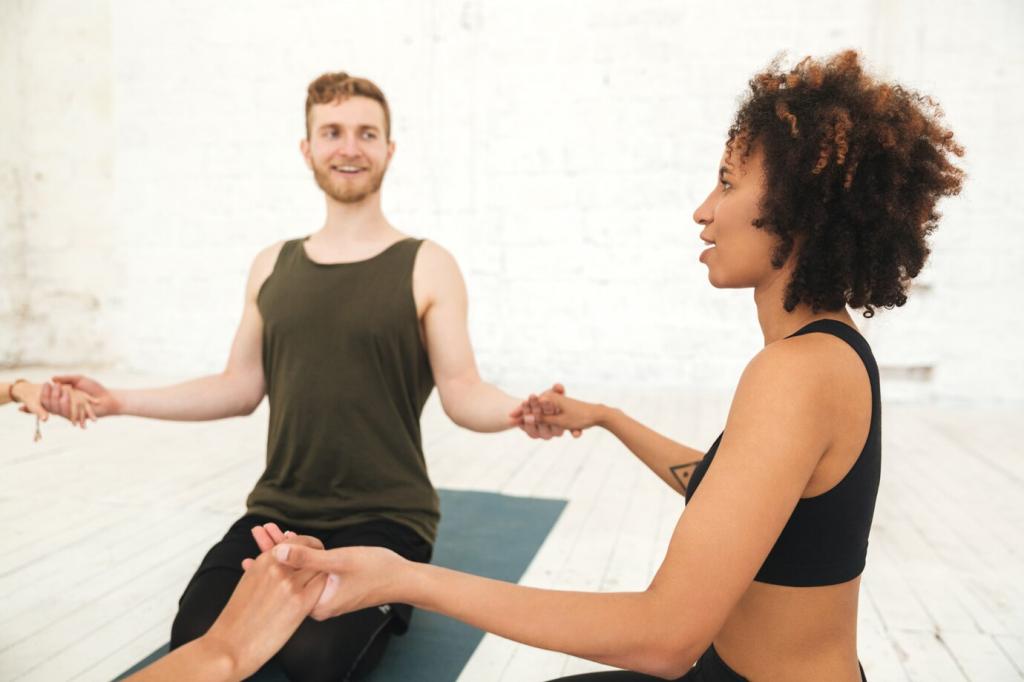
When the diaphragm leads, accessory neck and shoulder muscles relax, conserving energy for movement. Deep, 360-degree breathing improves tidal volume and reduces respiratory rate, supporting steadier pacing. Practice supine belly-to-rib expansion before workouts and tell us how your effort perception shifts.

Ujjayi for Controlled Power
Light throat constriction creates a soft oceanic sound that guides tempo and fosters intrathoracic stability. Use Ujjayi during steady-state work to smooth effort spikes, or in strength sets to brace effectively. Start subtly; the goal is control, not strain or noise.
Nadi Shodhana for Pre-Start Nerves
Alternate nostril breathing balances arousal by narrowing attention and equalizing inhale-exhale length. Two to three minutes before competition, it steadies hands and thoughts. Keep shoulders soft, face relaxed, and finish with a long, gentle exhale to anchor calm focus.
Sama Vritti for Rhythm and Pacing
Equal-length breathing trains consistency: inhale four, exhale four, repeat. On the track, sync counts with strides to build metronomic pacing. If wind picks up or hills appear, keep the count steady and observe how evenly your effort distributes across distance.
Five-Minute Breath-First Warm-Up
Begin with ninety seconds of slow nasal inhales and longer mouth-exhales to lower tension. Add two minutes of diaphragmatic prep with lateral rib expansion. Finish with ninety seconds of Ujjayi while mobilizing hips and ankles to connect breath, posture, and readiness.
Micro-Priming at the Start Line
Use three rounds of 4–2–6 breathing: inhale four, hold two, exhale six. Let shoulders drop on every exhale. This sequence downshifts stress while keeping alertness high, a perfect balance before the horn or whistle calls you forward.
Breath During Training and Racing
Attach breathing counts to movement cycles: runners might try 3:2 for aerobic work, 2:2 for threshold; swimmers coordinate pulls per inhale. Matching breath to cadence reduces wasted effort and jittery pacing, particularly when excitement surges mid-session.
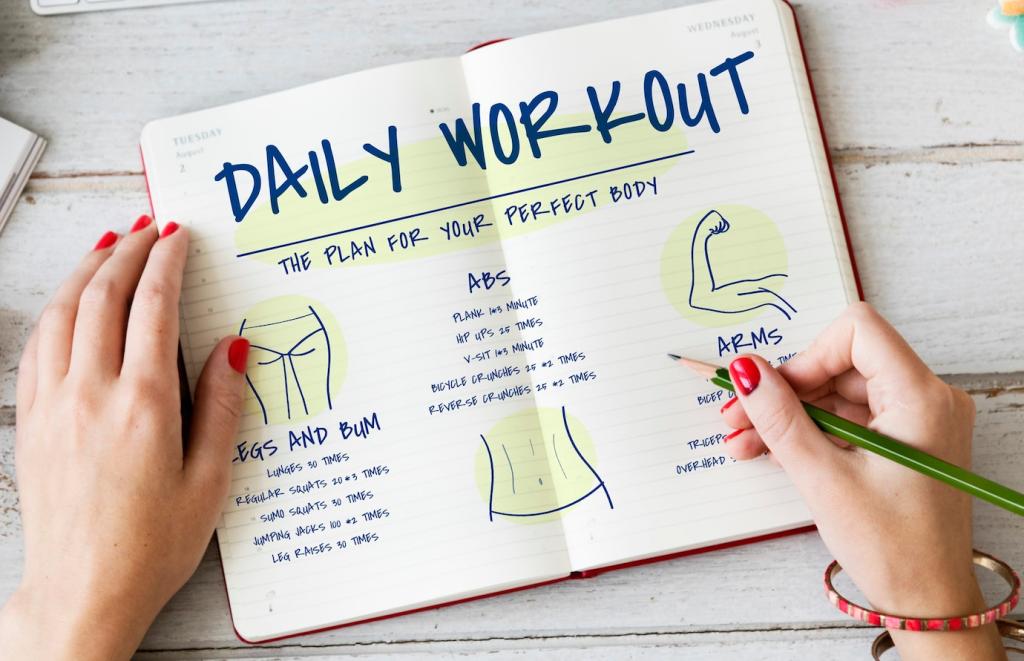

Breath During Training and Racing
During easy and moderate efforts, nasal breathing encourages efficient CO2 handling and smoother diaphragmatic mechanics. If you must switch to mouth breathing, note the exact pace or wattage where it happens. That breakpoint becomes a valuable training metric to improve.
Recovery, Sleep, and Adaptation
Walk slowly and breathe box-style for three minutes: inhale four, hold four, exhale four, hold four. Feel your heartbeat decelerate. Gentle humming on the exhale can further relax the throat and jaw, inviting quicker parasympathetic recovery.
Recovery, Sleep, and Adaptation
Try ten minutes of 4–7–8 breathing in a dim room: inhale four, hold seven, exhale eight. Keep the tongue relaxed and the jaw unclenched. Many athletes report fewer nighttime awakenings and clearer morning readiness after consistent practice.
Recovery, Sleep, and Adaptation
When fully cooled down, add three breath-holds after natural exhales, keeping them comfortable and calm. This safely nudges CO2 tolerance upward. Log perceived breathlessness before and after two weeks to notice smoother breathing during tempo runs or sustained climbs.
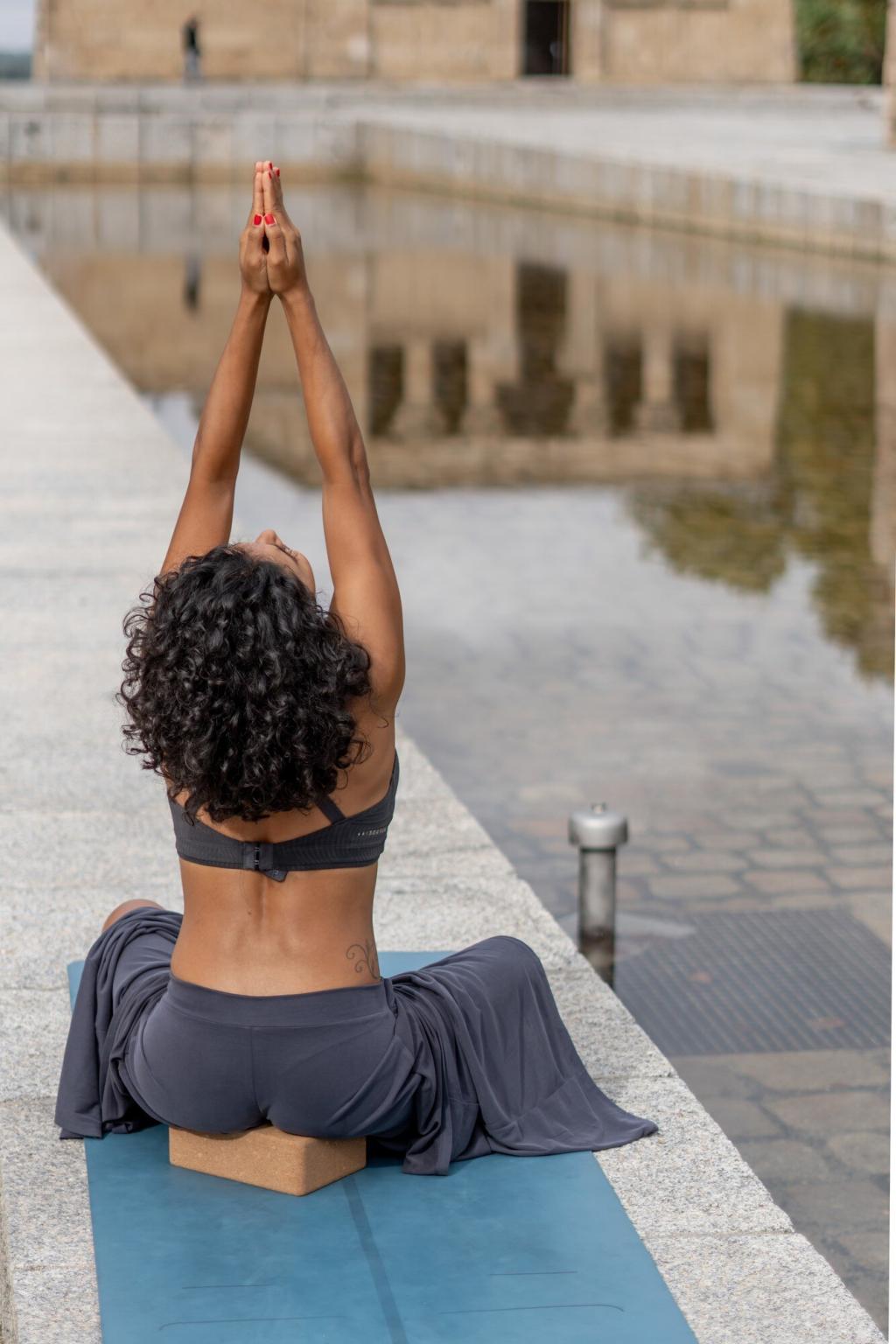
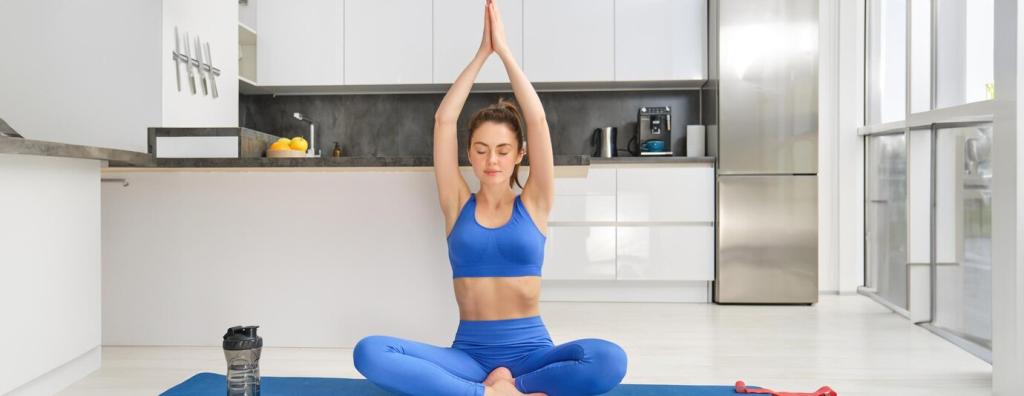
Mindset, Focus, and Confidence
Before each heavy attempt, take one slow nose inhale and a longer mouth exhale, relaxing your face at the bottom. This teaches reset under pressure, reducing chatter and building the confidence to commit fully to the next movement.
Mindset, Focus, and Confidence
Picture the exact skill—foot strike, paddle catch, bar path—while releasing a measured exhale. Pairing imagery with the parasympathetic shift of exhalation makes the picture stickier, helping execution under noise, fatigue, and clocks counting down loudly.
Marathoner Finds Mile 20 Calm
Sophia shifted to a 3–3 Sama Vritti rhythm when the wall appeared, extending exhales slightly on hills. Her heart rate stabilized, she resisted surging, and negative-splitted the final 5K. She now practices equal breathing during weekly long runs.
Swimmer Tunes Turns with Humming Breath
A collegiate sprinter added two humming exhales between sets. The vibration relaxed jaw and neck tension, reducing drag off the wall. Her coach noted cleaner streamlines and steadier kick tempo, shaving precious tenths in a crowded conference final.
Basketball Guard Slows the Game
During full-court presses, Malik used a quick 4–2–6 breath at the free-throw line. The longer exhale eased tunnel vision, revealing passing angles he once missed. Turnovers dropped, assist rate rose, and his late-game decision-making became reliably calm.
